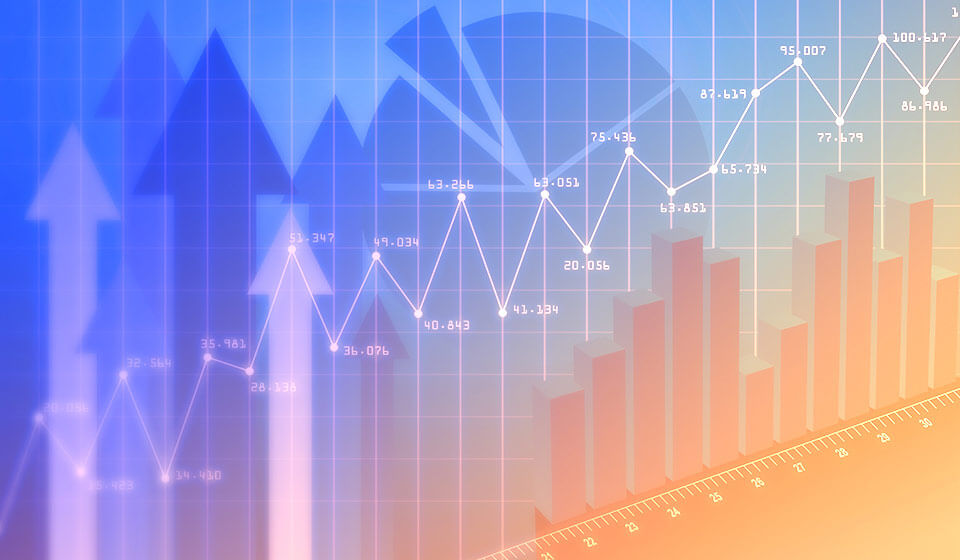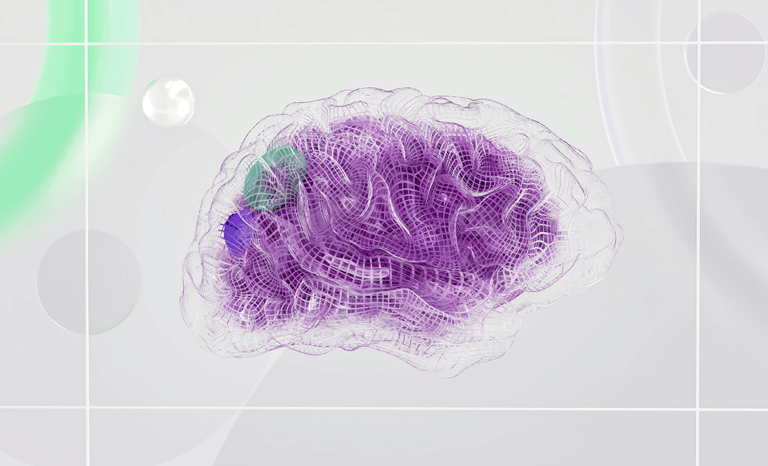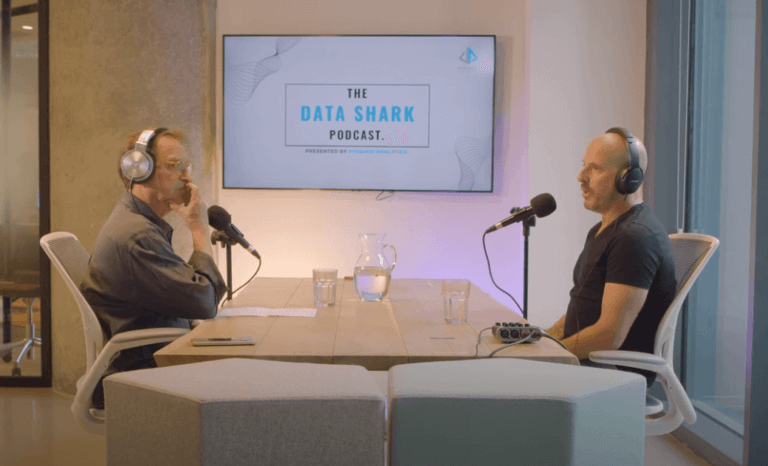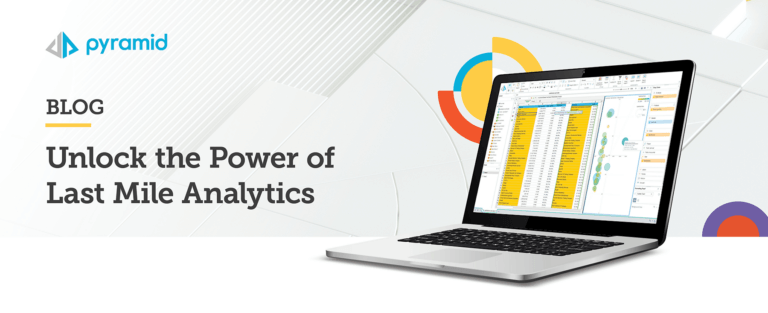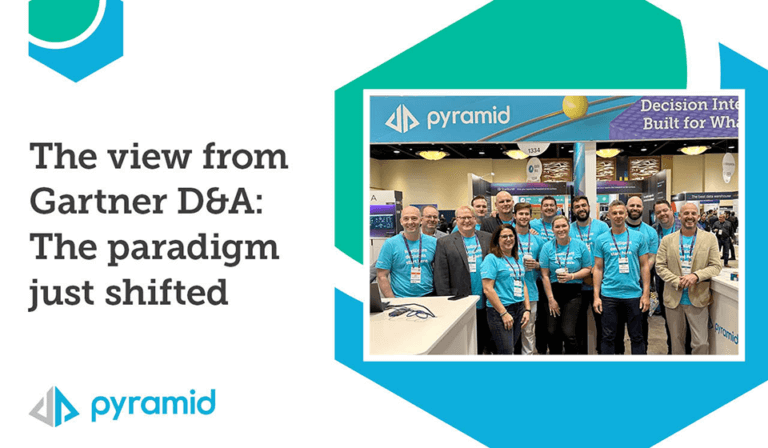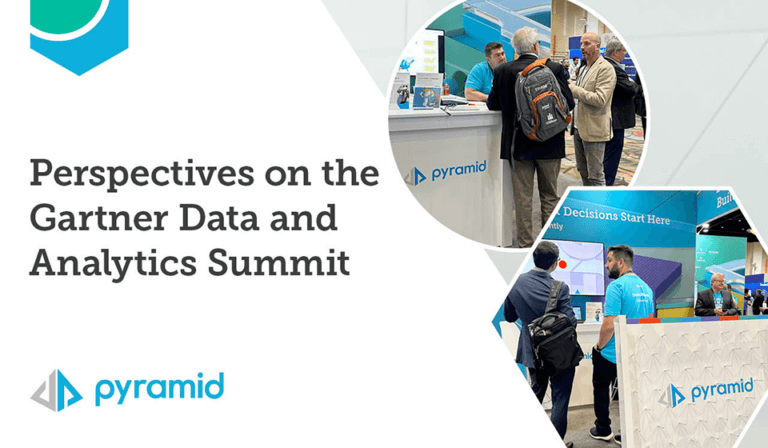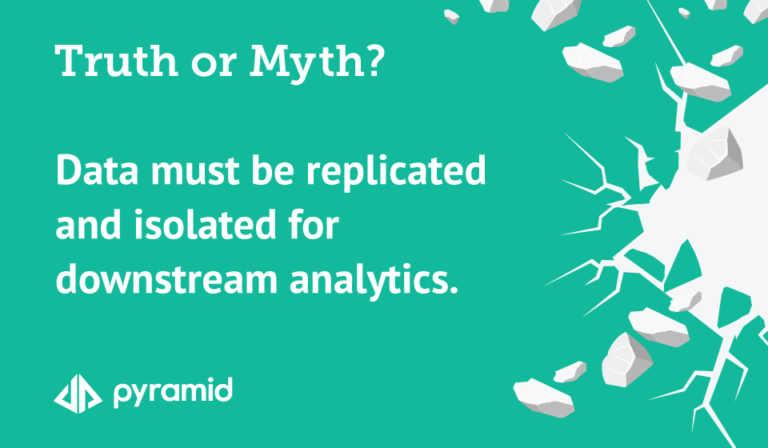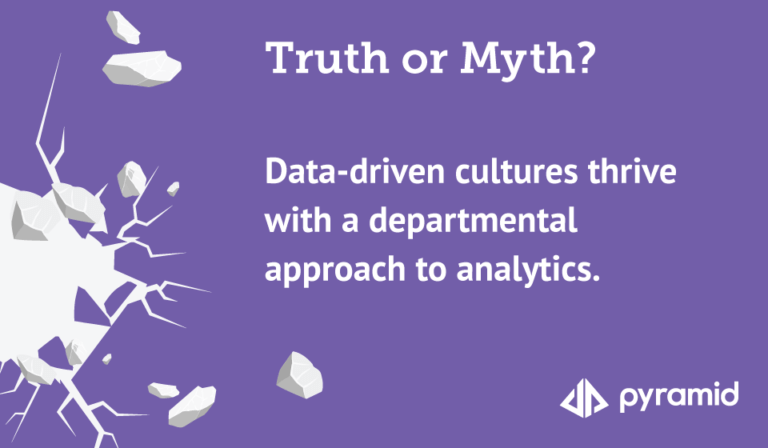Business intelligence (BI) continues to be a top tech investment priority for 2015. In his Forbes article “Roundup Of Analytics, Big Data & Business Intelligence Forecasts And Market Estimates, 2015”, writer Louis Columbus states that 89% of business leaders believe big data will revolutionize business operations in the same way the Internet did.
With this forecast, it becomes ever more important for businesses to strengthen their business intelligence maturity level scores.
BI maturity models identify organizational strengths and weaknesses as well as provide bench-marking information. The models are used to describe, explain, and evaluate growth life cycles. The basic concept of all models is based on the fact that things change over time and that most of these changes can be predicted and regulated. The goal, of course, is to increase the maturity level over time.
A business intelligence maturity assessment should help you answer the following:
- Business need for BI and benefits
- Review and assessment of existing systems and data
- Analysis and recommendation of current BI organization and user groups
There are multiple maturity models out there that can help a company map the path and pace to success. However, implementing, using, and getting results from these models is not an exact science, but more of a journey. So let’s examine a few of the most popular ones and see what they have to offer.
Business Intelligence Maturity Models:
- The Data Warehousing Institute (TDWI) BI Maturity Model
- Gartner BI Maturity Model
- Forrester’s BI Maturity Assessment Tool
- The HP Business Intelligence Maturity Model
- The Ladder of Business Intelligence (LOBI)
The Data Warehousing Institute (TDWI) BI Maturity Model
The TDWI benchmark assessment tool helps organizations determine the maturity of their Business Intelligence/ Data Warehouse initiative in an objective way when compared with those at other companies. Once you have completed the assessment, you will receive a score, indicating the maturity of your BI/DW program. You will be able to visually compare your results in eight categories to others who have completed the assessment and filter the results by variables such as industry, company size, and BI/DW budget.
TDWI’s annual BI Benchmark Report enables BI teams to compare themselves to their peers on a series of organizational and performance metrics. The 2014 BI Benchmark Report is based on a Web survey of 357 BI professionals conducted worldwide in spring and early summer of 2014.
TDWI also has a new TDWI Analytics Maturity Model and a TDWI Big Data Maturity Model and Assessment Tool.
TDWI’s assessment tool
What is unique to this model?
- TDWI provides free tools and reports.
- The maturity assessment tool is available in the web to evaluate BI’s maturity level as well as documentation.
- Concentrates on the technical viewpoints especially in data warehouse aspect.
- Does not go into as much details as other models in cultural and organizational viewpoints.
Gartner BI Maturity Model
To help companies improve their business intelligence and performance management initiatives, Gartner has created a maturity model to assess current maturity levels and to chart a road map for any improvements.
In this “Pay to Receive” report, Gartner has put together a roadmap for organizations to find out where they are in their usage of Business Intelligence and provides a path for progress by which the organizations can move up quickly and benefit from BI initiatives.
Gartner’s maturity model concentrates of three key areas: people, processes, and metrics or technologies across five maturity levels: unaware, tactical, focused, strategic and pervasive. This model is used to evaluate the business maturity levels and maturity of individual departments. This model provides more non-technical view and concentrates on the business technical aspect
What is unique to this model?
- Gartner has great reach in the industry.
- Evaluates the business maturity levels and maturity of individual departments.
- Provides more non-technical view and concentrates on the business technical aspect.
- Well-documented and is easily searchable on the Web.
Forrester’s BI Maturity Assessment Tool
Forrester recommends using this business intelligence (BI) maturity assessment tool at the beginning of any new strategic BI initiative to help you better understand your current state and strategic priorities.
Forrester’s definition of BI is broad: Business intelligence is a set of methodologies, processes, architectures, and technologies that transform raw data into meaningful and useful information that enable more effective strategic, tactical, and operational insight and decision-making. When answering the questions in this assessment tool, you should consider all relevant processes and technologies, such as data integration, master data management, data warehousing, performance management, reporting, dashboards, and analytics. Business intelligence maturity assessments are critical in planning an effective BI strategy.
Forrester’s business intelligence maturity self-assessment tool represents the first component of Forrester’s BI maturity self-assessment model. Forrester recommends that application development and delivery (AD&D) professionals working on BI projects use this tool to assess the maturity of their current-state environments. This tool was originally published on December 21, 2011; Forrester reviews and updates it periodically for continued relevance and accuracy.
What is unique to this model?
- Assesses relevant processes and technologies of BI
- Caters to a BI audience and beyond to also include application development and delivery (AD&D) professionals.
The Ladder of Business Intelligence (LOBI)
The LOBI is a model used to create the information technology (IT) plan and apply IT to business. This model applies three key process areas: technology, processes, and people across six levels:
- Facts
- Data
- Information
- Knowledge
- Understanding
- Enabled intuition
What is unique to this model?
- Applies the knowledge management field and the author-constructed maturity levels from a technical point of view, but is not well documented and the criteria to evaluate the maturity level are not well defined. This model concentrates predominantly on the IT perspective.
The HP Business Intelligence Maturity Model
The HP BI maturity model consists of five stages based on the evolution of business enablement, information technology, and strategy/program management:
- Operation (Running the business)
- Improvement (Measuring and monitoring the business)
- Alignment
- Empowerment
- Transformation
The business enablement dimension describes types of business requirements and problems that are solved with BI solutions; the information technology dimension describes information solutions a company adopts to serve differences of business needs, while the strategy and program management dimension describes management skills as a key enabler and catalyst for BI success. The HP BI maturity model depicts the maturity levels from a business/technical aspect.
What is unique to this model?
- Does not cover certain technical aspects, such as data warehousing and analytics.
Which maturity model does your organization use?
- Do you use any of these BI Maturity Models in your organization? And, if you were to apply these tools, what would they reveal about your BI initiative?



